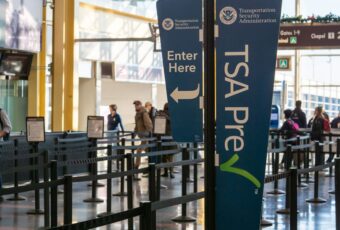Interstellar Space
In October 2018, NASA announced that Voyager 2 was approaching interstellar space. This is momentous, as Voyager 2 would be the second man-made entity to travel to this remote part of our galaxy. The first was Voyager 1, the probe’s sister.
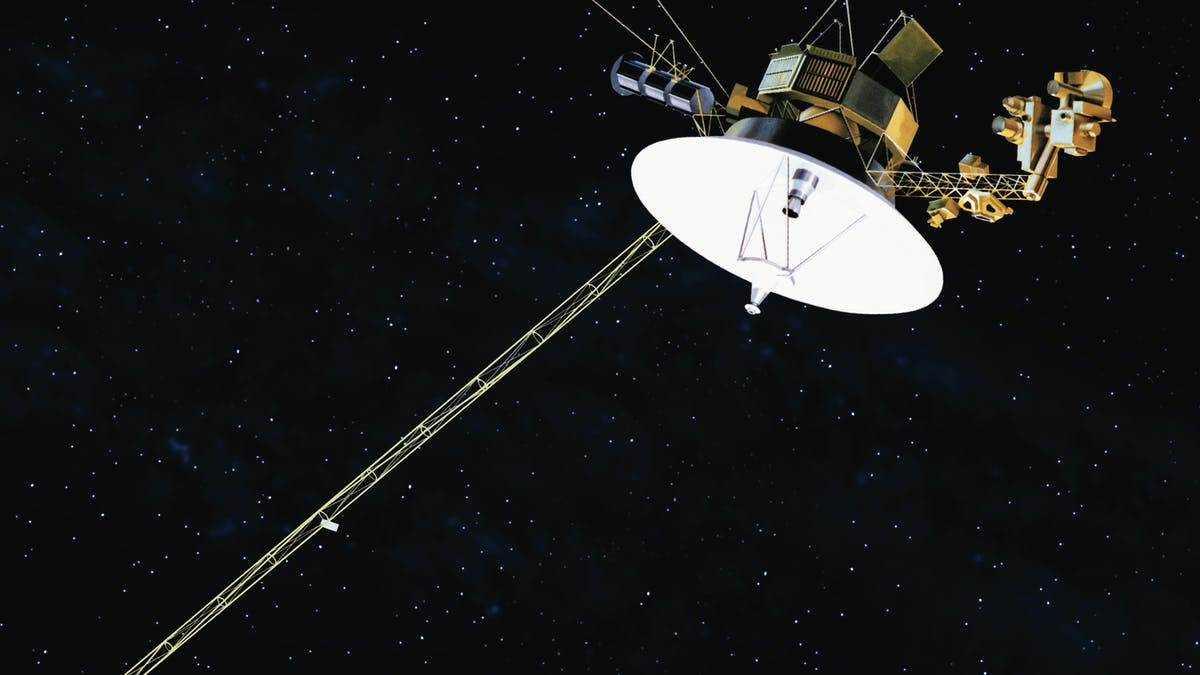
Interstellar Space
Confirmed
NASA confirmed that the probe had made it into interstellar space in December 2018. The new development was significant, even though Voyager 1 had already achieved this. NASA could now learn more about the universe with a functional instrument onboard the probe.
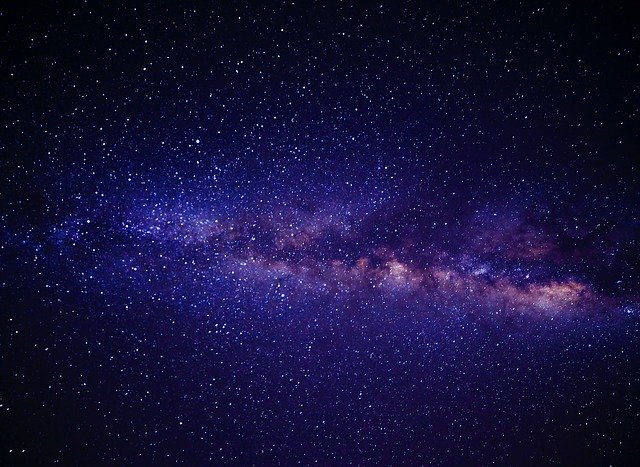
Confirmed
What Is It
Interstellar space is a section in the universe that lies between the stars. However, it’s more straightforward to discern the nature of interstellar space when comparing it with what is over the border.
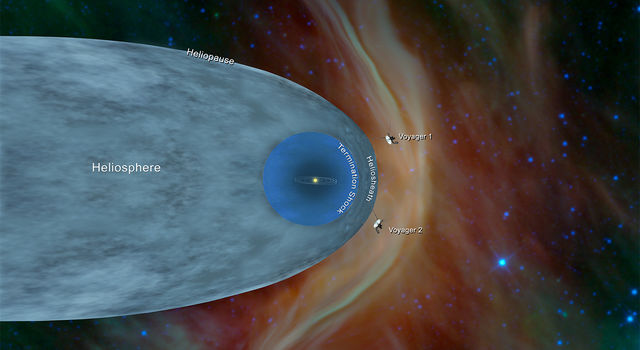
What Is It
A Boundary
This section in the galaxy is different from the region within the Sun’s vicinity. This entails that there must be a boundary position between these two areas. This border is known as the heliopause.
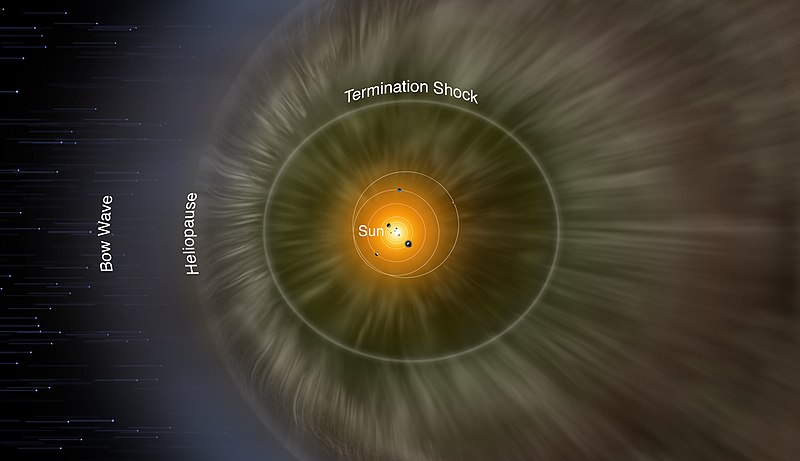
A Boundary
The Heliopause
The heliopause boundary is situated between an area called the heliosphere and interstellar space. The heliosphere is a massive type of bubble that encloses and emanates from the Sun. It’s created by solar winds generated from the hot star providing Earth with light.
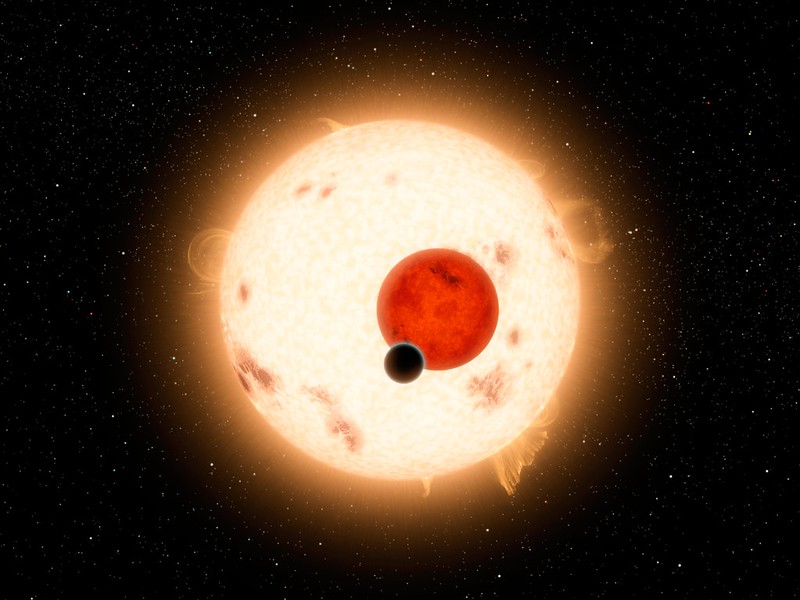
The Heliopause
Distinguishing
A method of distinguishing between interstellar and heliosphere space is by looking at the nature of the solar particles located in each area. The particles are tightly packed and cooler in interstellar space. This isn’t the case for particles in the heliosphere.
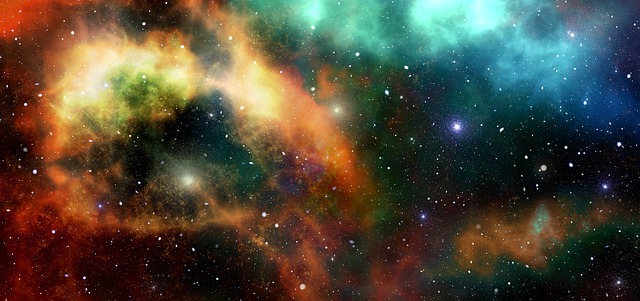
Distinguishing
Outer Edges
Voyager 1 and 2 had both crossed the outer edges of the heliosphere and entered interstellar space. However, reaching this region of the galaxy was never the main objective of these crafts. The probes had been sent into space for other reasons.
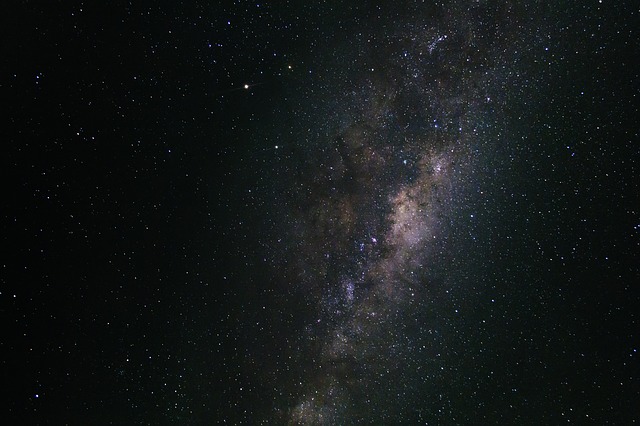
Outer Edges
NASA’s Voyager Program
The probes were sent into space as part of NASA’s Voyager program. Voyager 1 and Voyager 2 were launched into the skies in 1977. Both of these probes were sent into space to explore our solar system’s outer reaches.
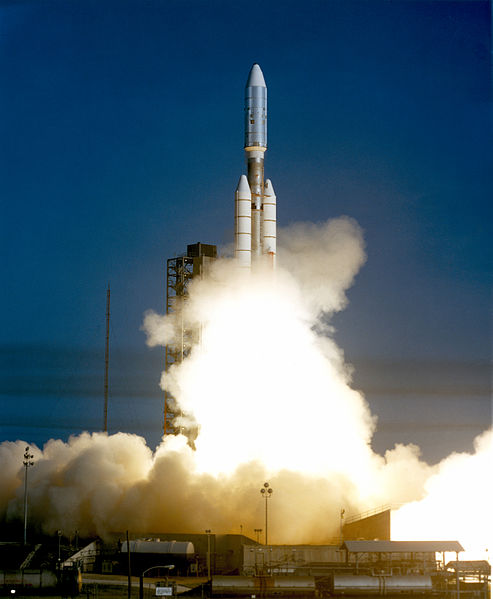
NASA’s Voyager Program
The Same
The probes were designed in the same manner. That’s why the probes had an indistinguishable appearance. Both weighed approximately 1,704 pounds. Of this, 231 pounds was attributed to a wide array of scientific implements.
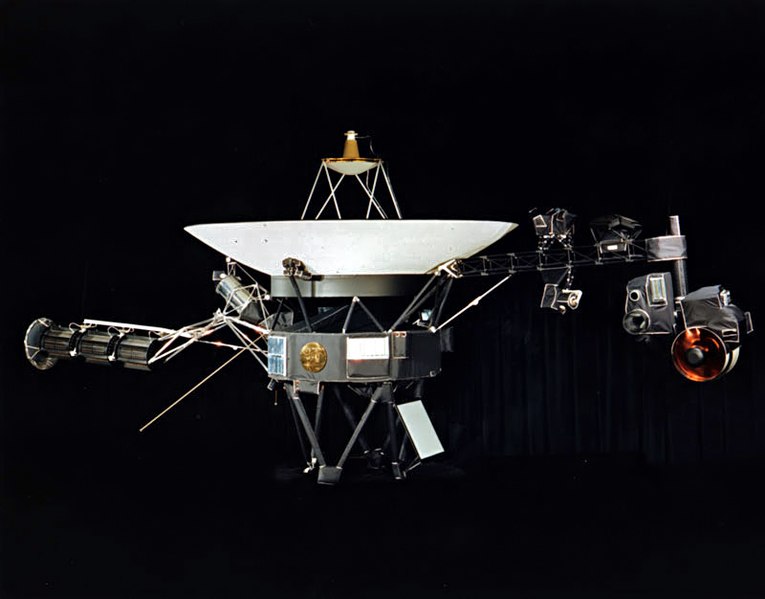
The Same
The Voyager Golden Record
Both Voyager 1 and Voyager 2 were constructed with something called the Voyager Golden Record. This is a phonograph record carrying several sounds and images from Earth. It includes noises from nature and musical pieces from numerous cultures.
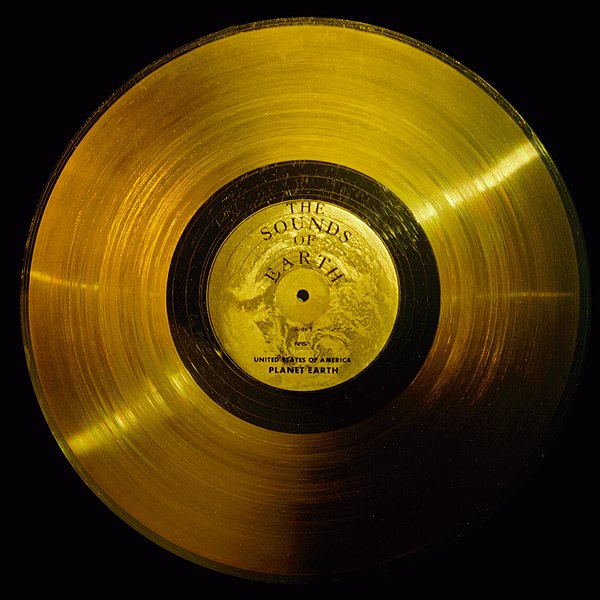
The Voyager Golden Record
Human Tastes
The music included in this record was selected to showcase a range of human tastes. This includes musical compositions by Beethoven and Bach. Another addition was Chuck Berry’s ‘Johnny B. Goode.’

Human Tastes
Unlikely Event
The Voyager Golden Record was sent aboard both probes in the unlikely event that the spacecrafts discover aliens. In such an event, the record would play if there were advanced spacefaring civilizations in interstellar space.
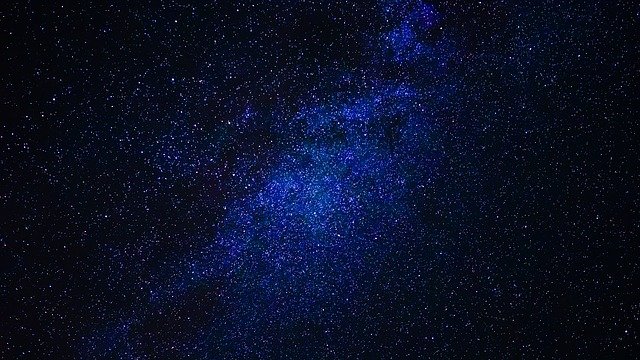
Unlikely Event
Photographs and Illustrations
The Voyager Golden Record also included 115 photographs and illustrations. Some of these images present scientific and mathematical theories. Others also displayed day-to-day aspects of human existence. A few notes were also included, like one from then-US president Jimmy Carter.
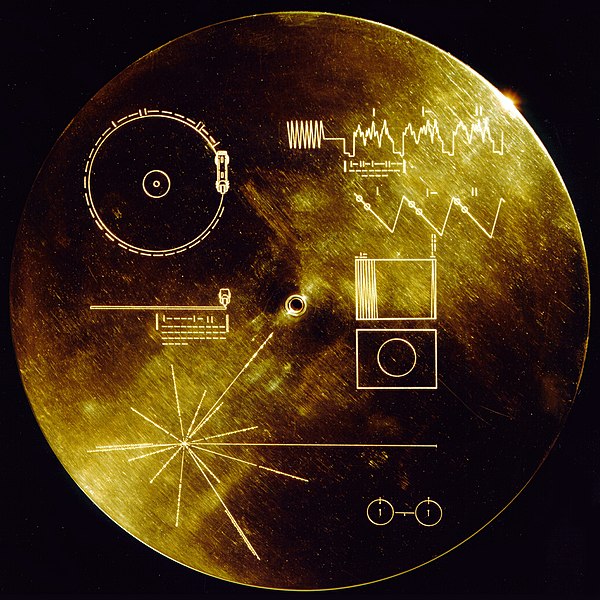
Photographs And Illustrations
The President’s Words
One of the notes left by the president stated that the Voyager Golden Record was from a distant and small world. He continued by saying that it was a token of our science, sounds, music, images, feelings, and thoughts.
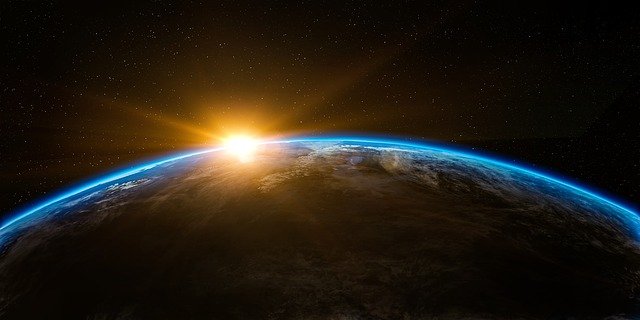
The President’s Words
The Voyager Mission
This mission was meant to be more than potentially discovering aliens. The two spacecrafts were sent into space to investigate Saturn’s and Jupiter’s planetary systems. Upon completion of these primary goals, the crafts managed to travel further.
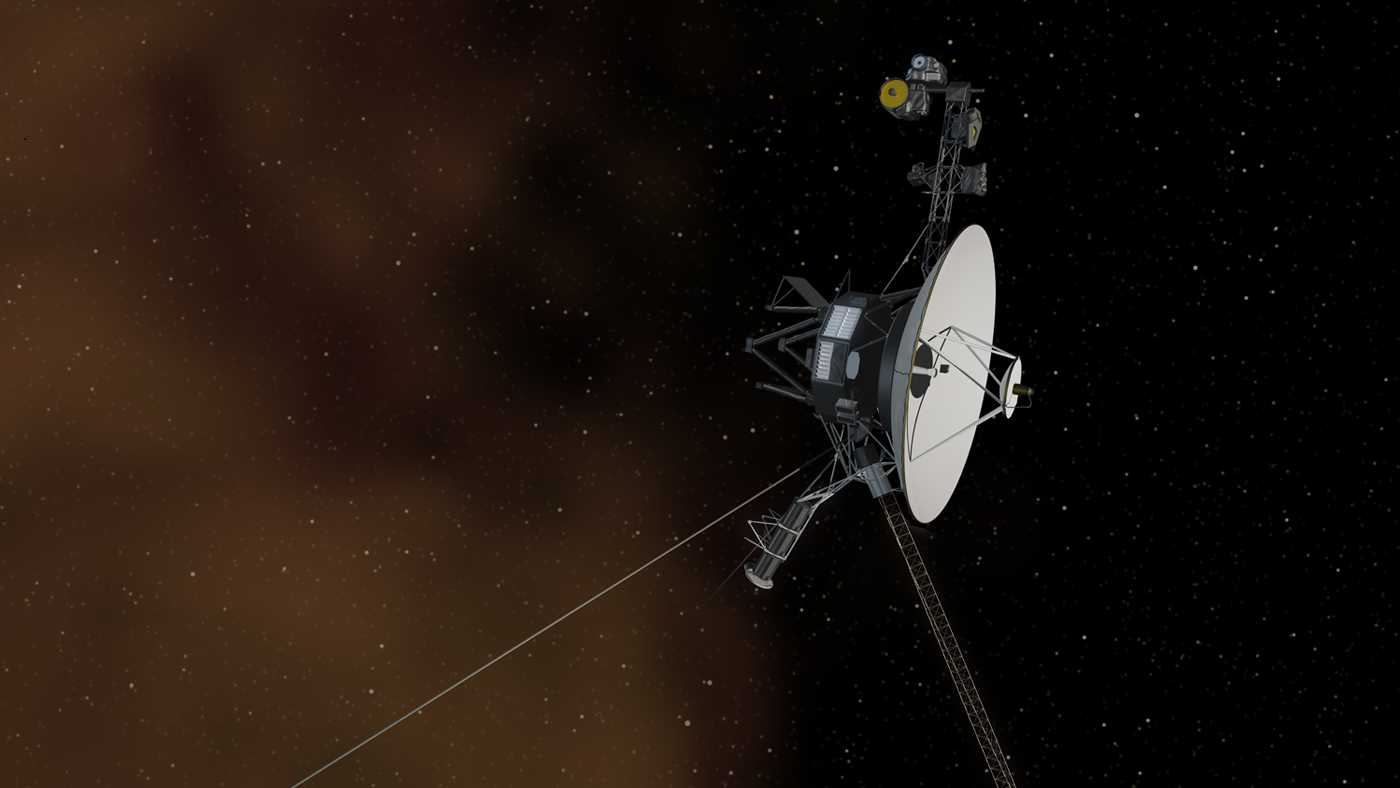
The Voyager Mission
Voyager 2’s Journey
Once Voyager 2 had analyzed Jupiter and Saturn, the spacecraft moved onto Neptune and Uranus. It visited Neptune’s and Uranus’ planetary systems. Voyager 2 remains the only probe to have explored both Uranus and Neptune.
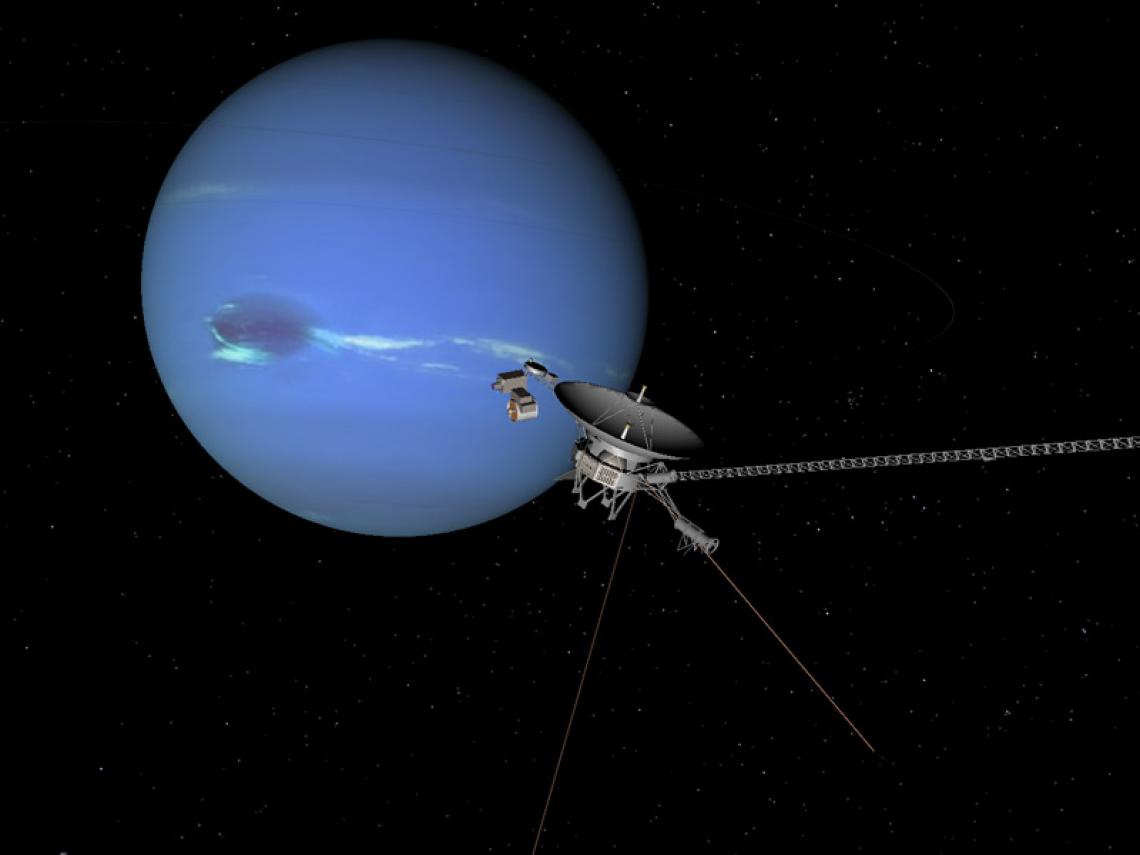
Voyager 2’s Journey
Voyager 1’s Accomplishments
Meanwhile, Voyager 1 had become the third-ever man-made entity to reach the necessary speed to leave the solar system. To this day, only five probes have achieved this. These five probes include New Horizons, Pioneer 11, Pioneer 10, and the two Voyager spacecrafts.
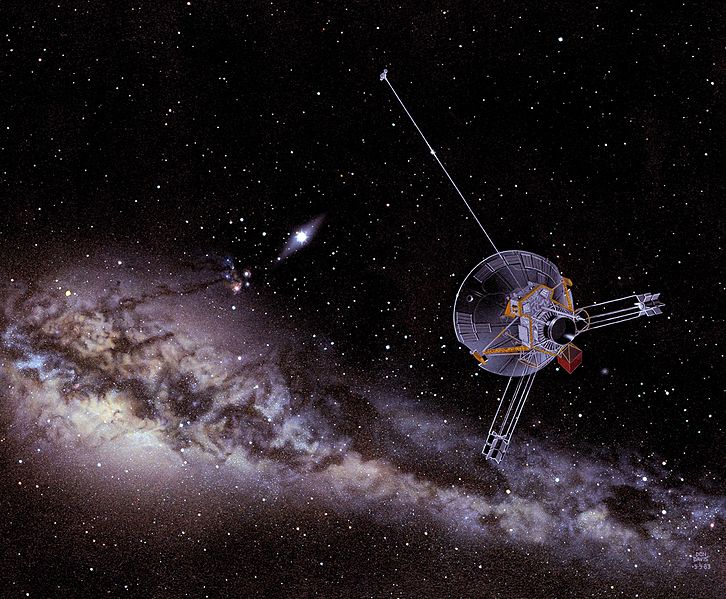
Voyager 1’s Accomplishments
Uncovering
Throughout the Voyager mission’s earlier years, the two spacecrafts uncovered significant data involving planets situated in the outer solar system. These planets include Neptune, Uranus, Saturn, and Jupiter. The probes made enlightening observations.
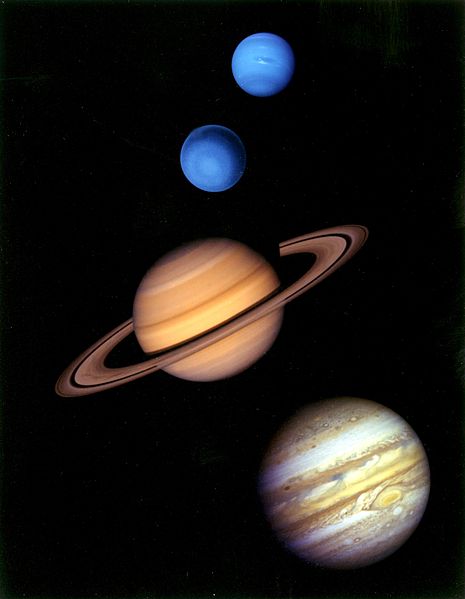
Uncovering
Photographing
Voyager 1 began photographing Jupiter. These images displayed more about the planet’s moons, magnetic fields, and rings. Volcanic activity was also captured, which was previously only observed on Earth.
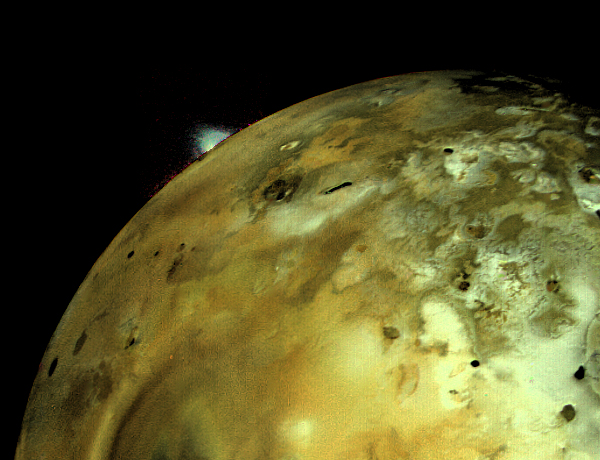
Photographing
Backing It Up
When Voyager 2 was on its own journey and flew past Jupiter in 1979, it backed up what its sister probe had observed. The spacecraft also observed the Great Red Spot, which is the location of our solar system’s biggest anticyclonic storm.
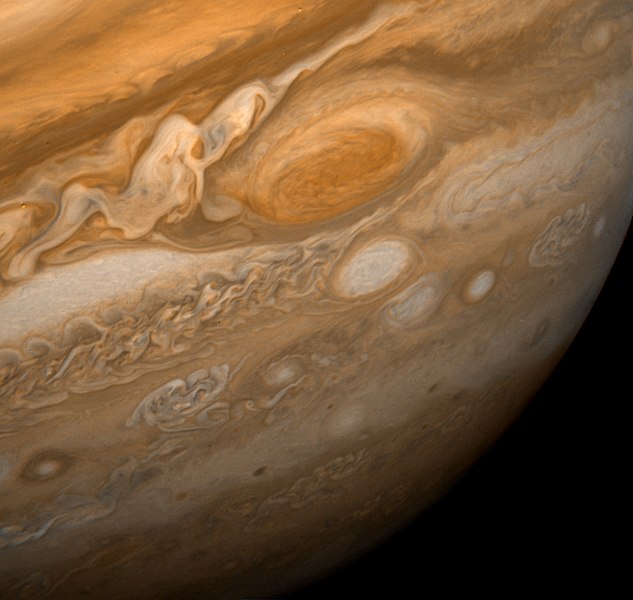
Backing It Up
Following the Flyby
Both of the probes traveled to Saturn after the spacecrafts’ flybys of Jupiter. Voyager 1 got the closest to the planet in 1980 while Voyager 2 only achieved this in 1981. Both of these probes revealed new information about the planet.
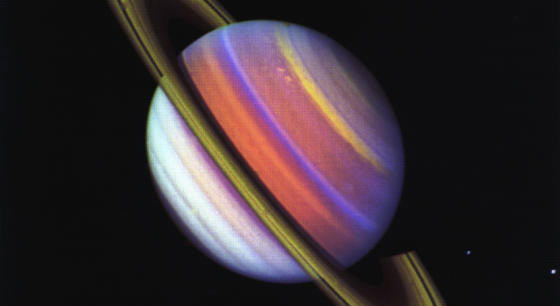
Following The Flyby
Voyager 1’s Discovery
During Voyager 1’s journey, the probe photographed and noted a few complex features included in Saturn’s rings. Although a failing piece of equipment compromised the image’s integrity, Voyager 2 later snapped high-quality images offering new details.
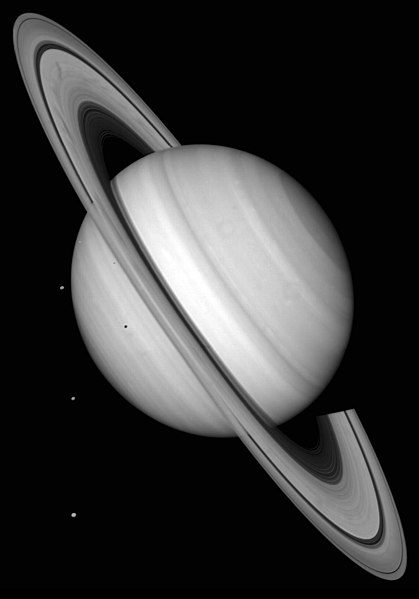
Voyager 1’s Discovery
Saturn’s Atmosphere
Both of these spacecrafts studied Saturn’s atmosphere. Voyager 1 noted that the atmosphere predominately consisted of hydrogen and helium. These probes also noted the length of the day on this planet, which was almost 11 Earth hours.
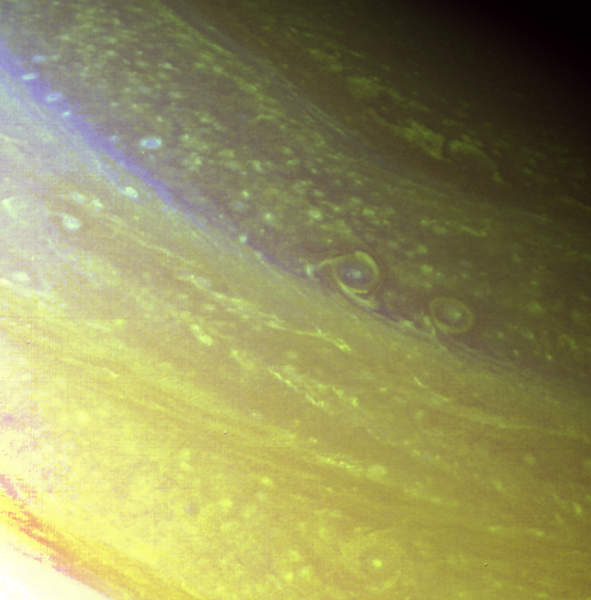
Saturn’s Atmosphere
Voyager 1’s Course
The sister of Voyager 2 had a course that included drifting past Titan, which is Saturn’s largest natural satellite. This is also the second biggest in the solar system. The first is Ganymede, which orbits around Jupiter.
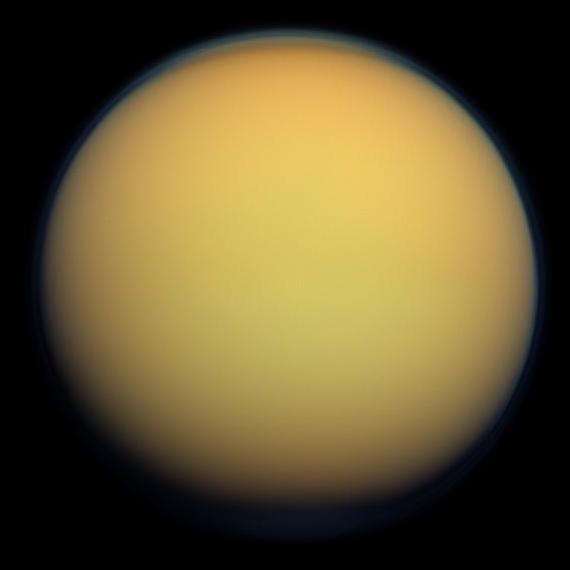
Voyager 1’s Course
Adjusting
Experts wanted to observe Titan, which is why Voyager 2’s course would be adjusted to complete the task if its sister wasn’t able to complete this observation. This adjustment would be done even if it prevented the spacecraft from traveling to Neptune and Uranus.
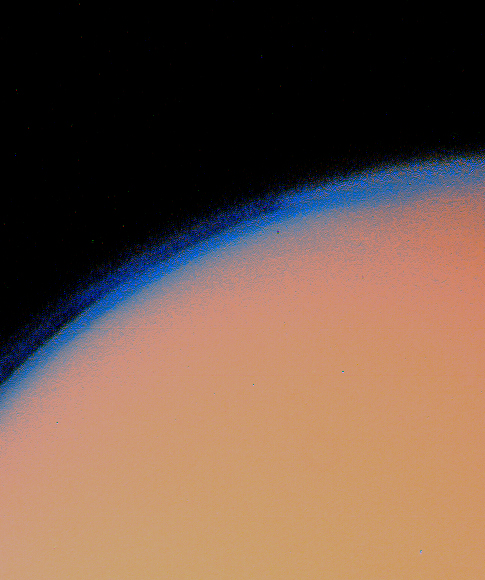
Adjusting
Allowing Voyager 1
Fortunately, Voyager 1 could observe Titan. This allowed Voyager 2 to continue in its course and travel to Uranus. After this observation, Voyager 1 traveled to the end of the solar system. As it did this, the probe continued snapping images.
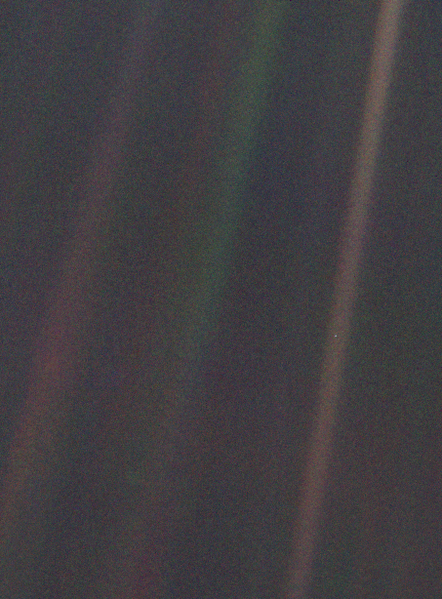
Allowing Voyager 1
Overtaking
In 1998, Voyager 1 overtook the Pioneer 10 when it became the farthest man-made object from Earth. It then became the first spacecraft to reach interstellar space in August 2012 with Voyager 2 following in its path years later.
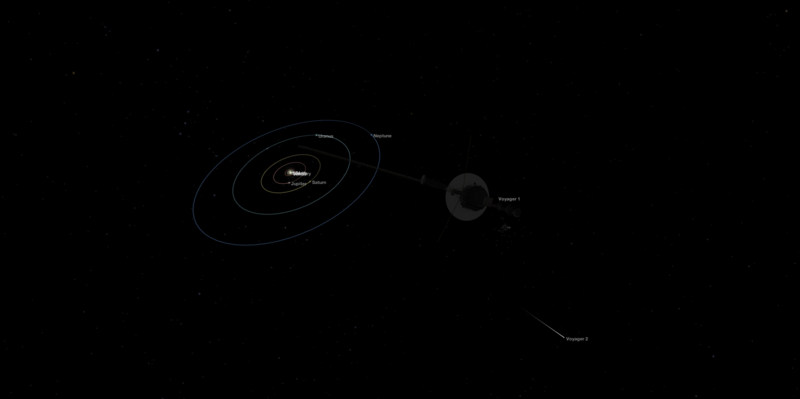
Overtaking
Undiscovered
While Voyager 2 was within the planet’s vicinity, it identified 11 previously undiscovered moons. Additionally, the probe’s observations showed that one day on Uranus lasted for more than 17 Earth hours.
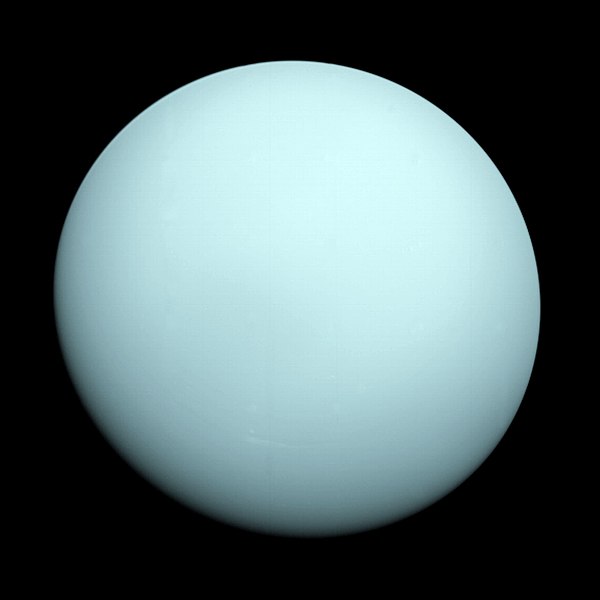
Undiscovered
The Planet of Neptune
In 1989, Voyager 2 traveled across the solar system and managed to get close to Neptune. While doing this, the spacecraft passed Triton and six other moons that hadn’t been discovered. It also discovered two rings wrapping around Neptune.
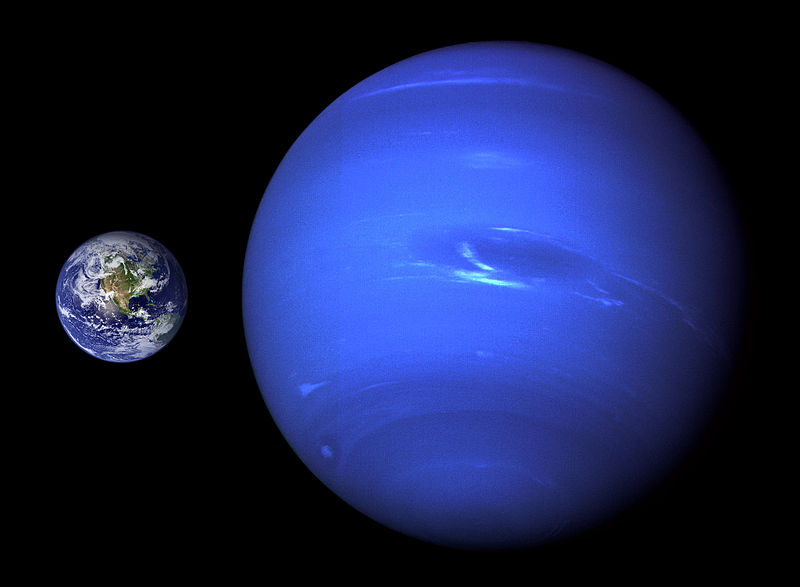
The Planet Of Neptune
Planetary Phases
Once Voyager 2 had completed its flyby of Neptune, the planetary phases of the spacecraft’s mission had been completed. However, the craft didn’t come back to Earth. NASA decided to use the probe to learn more about interstellar space.
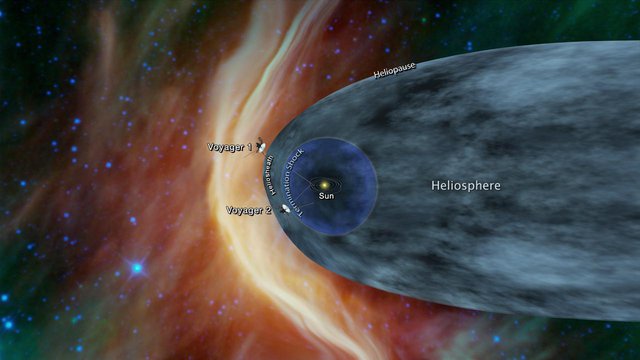
Planetary Phases
Plasma Science Instrument
In December 2018, NASA announced that Voyager 2 had traveled into interstellar space. However, how did experts at NASA know this? Well, there’s a piece of equipment called a Plasma Science Instrument (or PLS) that makes this possible.
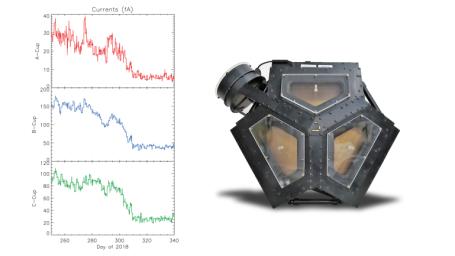
Plasma Science Instrument
Detecting
Even though Voyager 1’s PLS hadn’t been working since 1980, it was functioning properly for Voyager 2. The device notes the nature of solar wind particles within the heliosphere. The PLS hadn’t detected any solar wind around Voyager 2, which proved that the craft was in interstellar space.
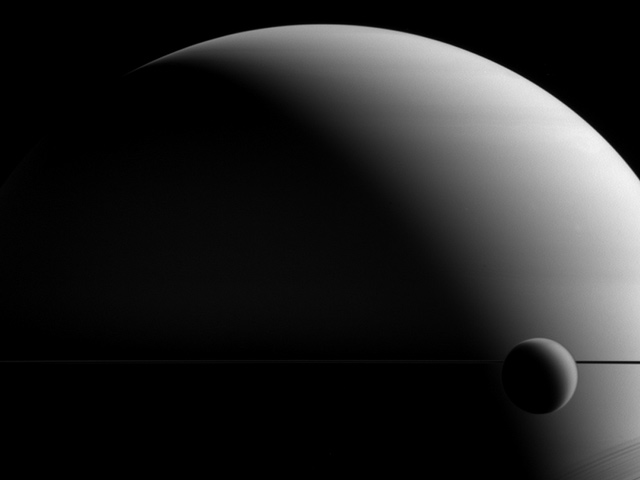
Detecting
More Functions
The working PLS included in Voyager 2 could also function as a boon for exploring the universe. This is because, although Voyager 1 passed the heliopause first, Voyager 2 did so at a different place and different time while having a working PLS.
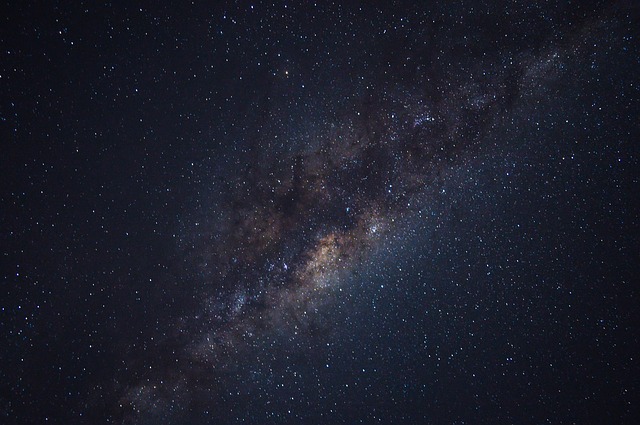
More Functions
Sent Back
Data is now being sent back to experts at NASA from Voyager 1 and 2. From this information, these experts have been able to examine the heliosphere and its response to elements beyond its boundaries. This is vital to making more discoveries.
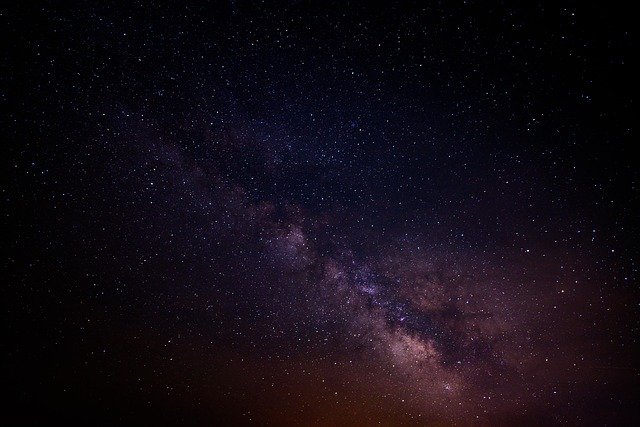
Sent Back
Uncharted Territory
The Voyager mission is incredibly important, as it helps in NASA’s studies covering heliophysics. These studies first began with the Sun and have since extended to everything the solar wind touches. However, Voyager 2 is sending back information almost surpassing the Sun’s influence, which is uncharted territory.
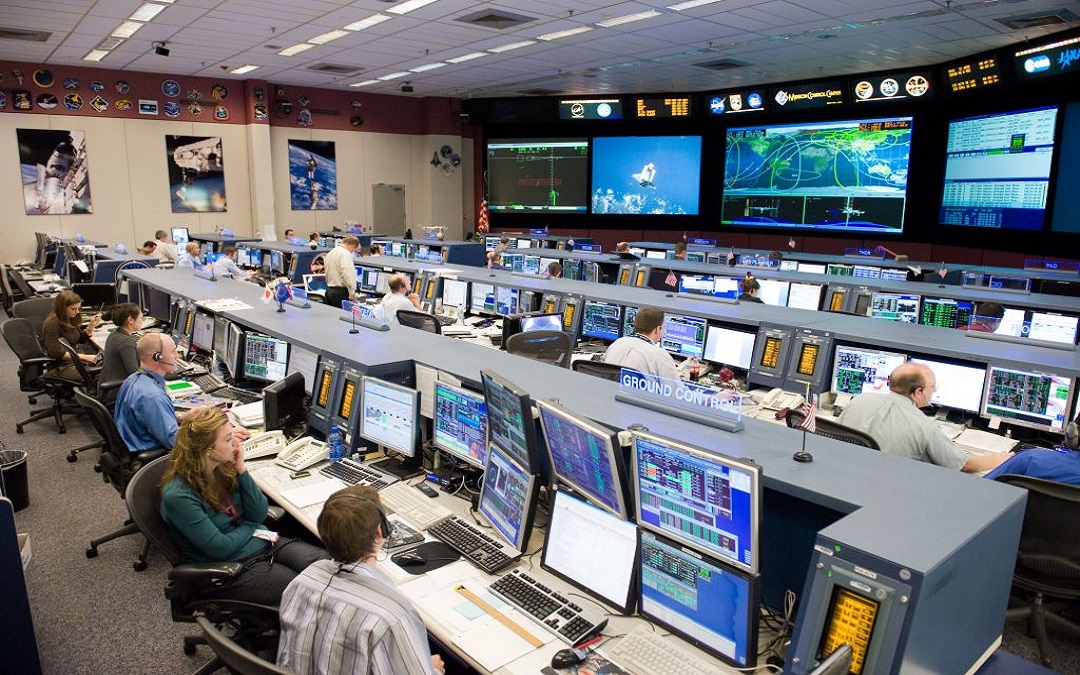
Uncharted Territory
Remaining Functional
Although Voyager 1’s PLS isn’t functioning, both spacecrafts are believed to remain operational until 2025. After this, these probes might lose electricity, putting an end to operations. Nonetheless, both would have been in space for more than 50 years.
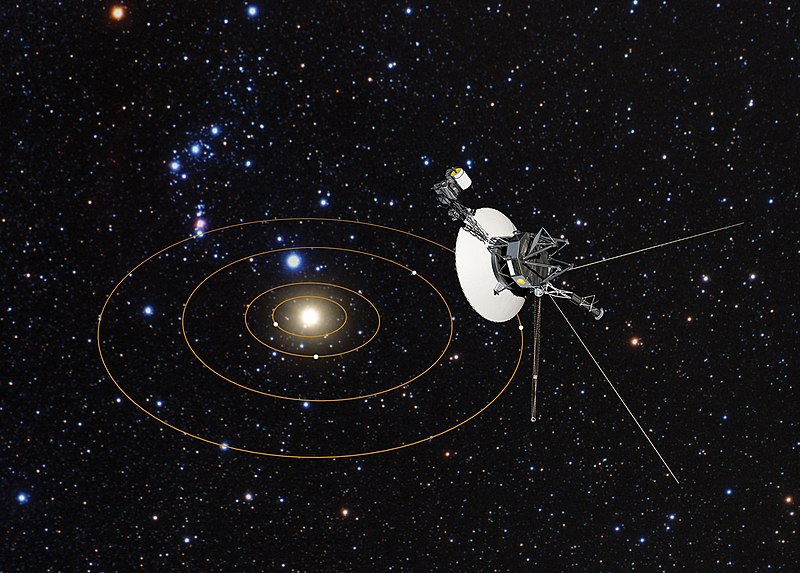
Remaining Functional
Five Years
Initially, NASA had sent these Voyager probes into space in 1977 and intended on these spacecrafts working for five years. However, the mission’s objectives of observing the outer solar system were achieved seamlessly, which eventually led to the crafts entering interstellar space.
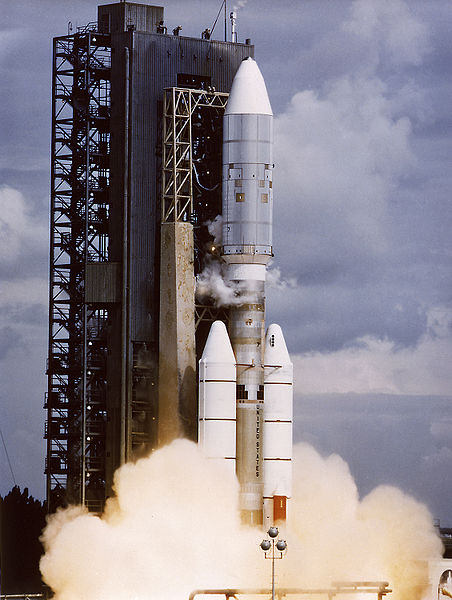
Five Years
A New Mission
NASA is now planning a new mission. Their goal is to build upon the pioneering work that the Voyager probes have already undertaken. The Interstellar Mapping and Acceleration Probe is scheduled for 2024.
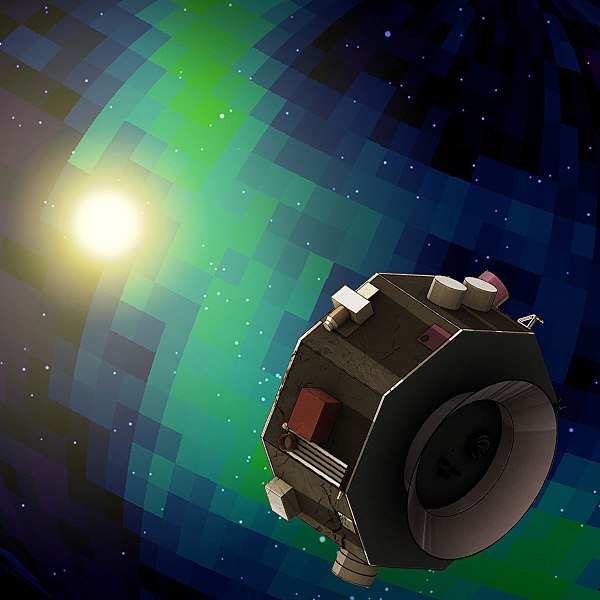
A New Mission
The Project Manager
Suzanne Dodd has spoken about the Voyager mission and said the entire team is thrilled with how long the probes operated for and what information these crafts have accumulated. Now, NASA is looking forward to seeing what discoveries can be made outside of the heliopause.

The Project Manager
What Do You Think?
After analyzing our solar system, the probes didn’t find any evidence of extraterrestrial life. The Golden Record wasn’t initiated throughout both probes’ journeys in the heliosphere. However, could there be life in interstellar space?
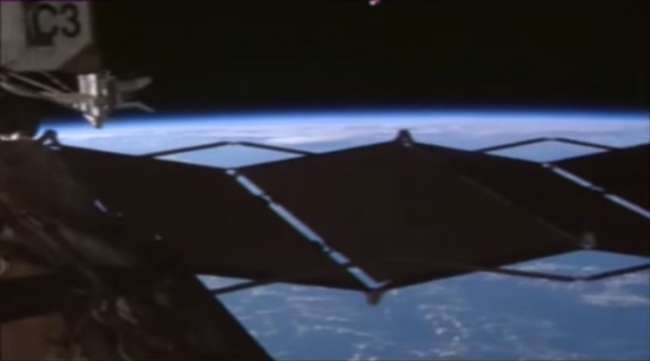
What Do You Think?




